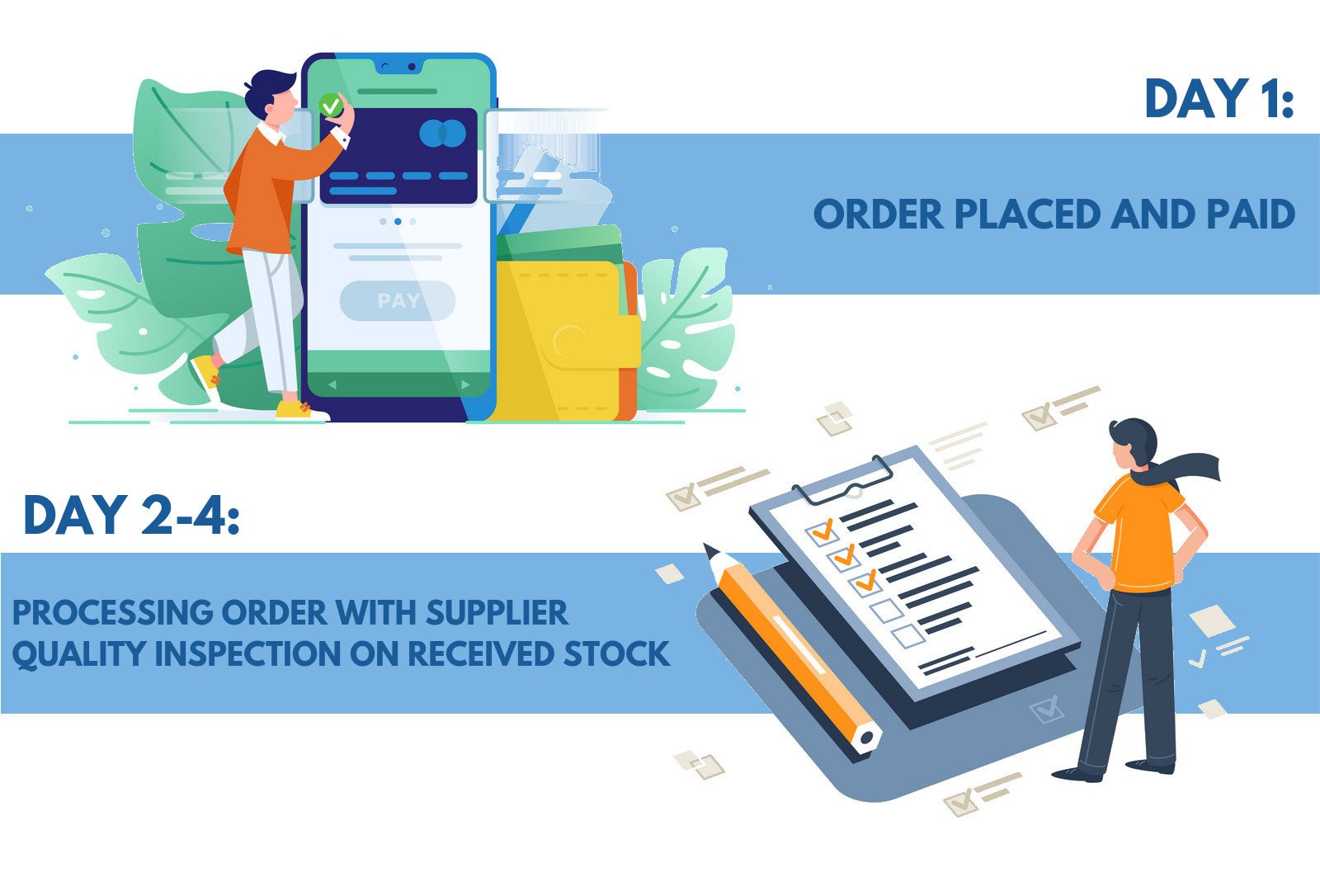Description
About the author; Foreword; Preface; Acknowledgements; Permission acknowledgements; Part one - Introduction to Banking; Chapter 1: Financial Intermediation Theory; Learning Objectives; 1.1 Introduction; 1.2 Financial Intermediation Theory; 1.3 The Business of Banking; 1.4 The Future Outlook for Banks; 1.5 Conclusion; References; Part two - The South African Banking Landscape; Chapter 2: The Competitive and Operating Environment of The South African Banking Industry; Learning Objectives; 2.1 Introduction; 2.2 An SCP Analysis of the South African Banking Industry; 2.3 Conduct Variables; 2.4 Performance Variables; 2.5 Conclusion; References; Chapter 3: Financial Regulation in the South African Banking Industry; Learning Objectives; 3.1 Introduction; 3.2 The Rationale and Limitations of Financial Regulation and Supervision; 3.3 The Financial Regulatory and Supervisory Framework in South Africa; 3.4 Market Conduct Regulation in South Africa; 3.5 Financial Inclusion and the Financial Sector Code; 3.6 Combating Money Laundering in South Africa; 3.7 Current Regulatory Trends and Developments; 3.8 Conclusion; References; Chapter 4: Relationship Banking In South Africa; Learning Objectives; 4.1 Introduction; 4.2 Distribution channels in Banking; 4.3 Transactional versus Relationship Banking; 4.4 A Model for Relationship Banking; 4.5 Conclusion; References; Chapter 5: The Development and Internalisation of South African Banking; Learning Objectives; 5.1 Introduction; 5.2 The International Banking Environment; 5.3 The History and Development of the South African Banking Environment; 5.4 The Role of South African Banks in the African Context; 5.5 International Institutions: The Role of the IMF and the World Bank; 5.6 Conclusion; References; Part Three - Reporting in Banking; Chapter 6: Integrated Reporting for Banks; Learning Objectives; 6.1 Introduction; 6.2 Organisational Reporting Framework; 6.3 Sustainability Reporting; 6.4 A Typical Integrated Report of a Bank; 6.5 Conclusion; References; Chapter 7: Financial Reporting for Banks; Learning Objectives; 7.1 Introduction; 7.2 Financial Reporting in South Africa; 7.3 The Statement of Financial Position; 7.4 Statement of Profit or Loss and other Comprehensive Income; 7.5 Other Issues in Financial Reporting; 7.6 Conclusion; References; Chapter 8: Measuring the Performance of a Bank; Learning Objectives; 8.1 Introduction; 8.2 Banking Performance as a Strategic Bank Risk Management Tool; 8.3 Conclusion; References; Part Four - Risk Management in Banking; Chapter 9: Establishing a Risk Philosophy in Banks; Learning Objectives; 9.1 Introduction; 9.2 Selected Concepts n Risk Management; 9.3 Enterprise-wide Risk Management in Banks; 9.4 How do Bank diversify Risk?; 9.5 The Outlook for Risk Management in Banking; 9.6 Conclusion; References; Chapter 10: The Identification and Measurement of Risk in Banking; Learning Objectives; 10.1 Introduction; 10.2 What is Risk?; 10.3 Risk Measurement Tools; 10.4 Risk Perception - South African Banks; 10.5 Conclusion; References; Chapter 11: The Management of Interest Rate Risk: Asset-Liability Management; 11.1 Introduction; 11.2 Asset-Liability Management: The Balance Sheet Perspective; 11.3 The Concept of Interest Rates, the Yield Curve, Interest Rate Risk and Expectations; 11.4 The Asset-Liability Committee (ALCO); 11.5 Interest-Sensitive Gap Management; 11.6 Duration Gap Management; 11.7 Managing the Economic Value of Equity; 11.8 Conclusion; References; Chapter 12: Managing Risk in Banking; Learning Objectives; 12.1 Introduction; 12.2 Derivate Instruments; 12.3 Conclusion; References; Part Five - Managing the Sources and Uses of Funds in Banking; Chapter 13: Managing the Assets of a Bank; Learning Objectives; 13.1 Introduction; 13.2 Breakdown of the Asset Book: A Recap; 13.3 Managing the Assets of a Bank; 13.4 Conclusion; References; Chapter 14: Managing the Liabilities of a Bank; Learning Objectives; 14.1 Introduction; 14.2 The Liabilities of a Bank; 14.3 Uses of Bank Liabilities; 14.4 Liquidity Management; 14.5 Conclusion; References; Chapter 15: Banks and Capital Adequacy; Learning Objectives; 15.1 Introduction; 15,2 Regulation for Bank Capital; 15.3 Basel!; 15.4 Basel 11; 15.5 Basel 11.5; 15.6 Basel 111; 15.7 Conclusion; References; Index.


View AllClose
Our Delivery Process


Product Category:
Books







